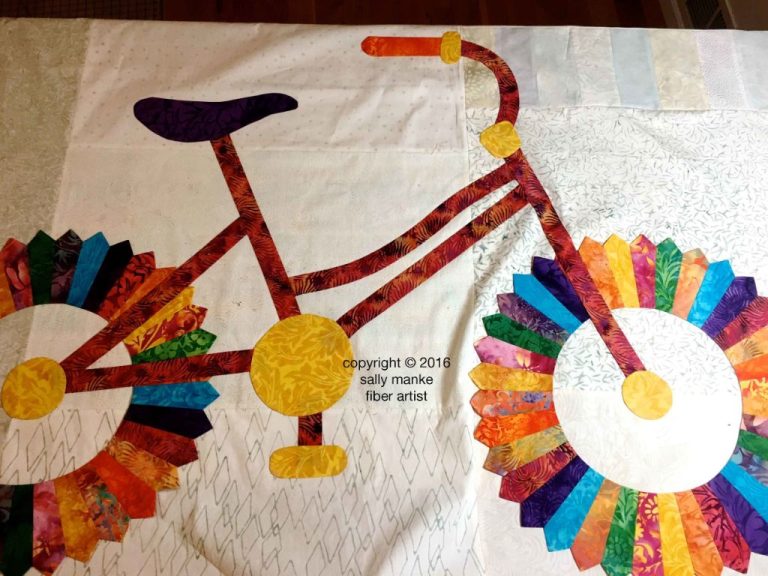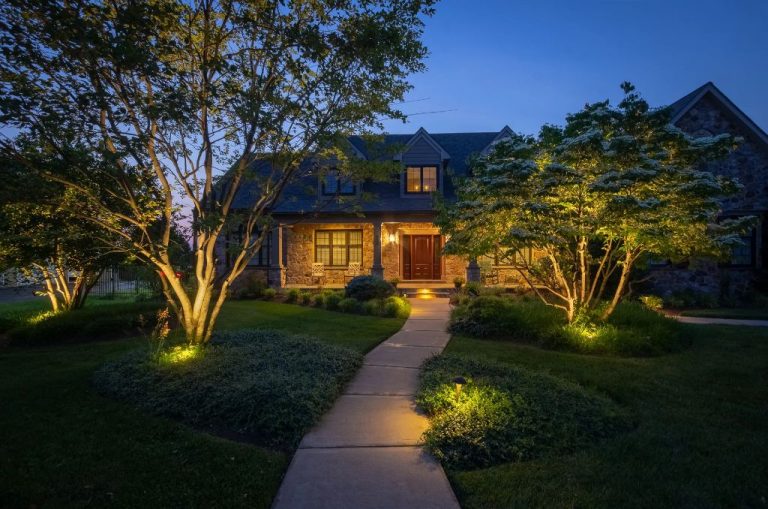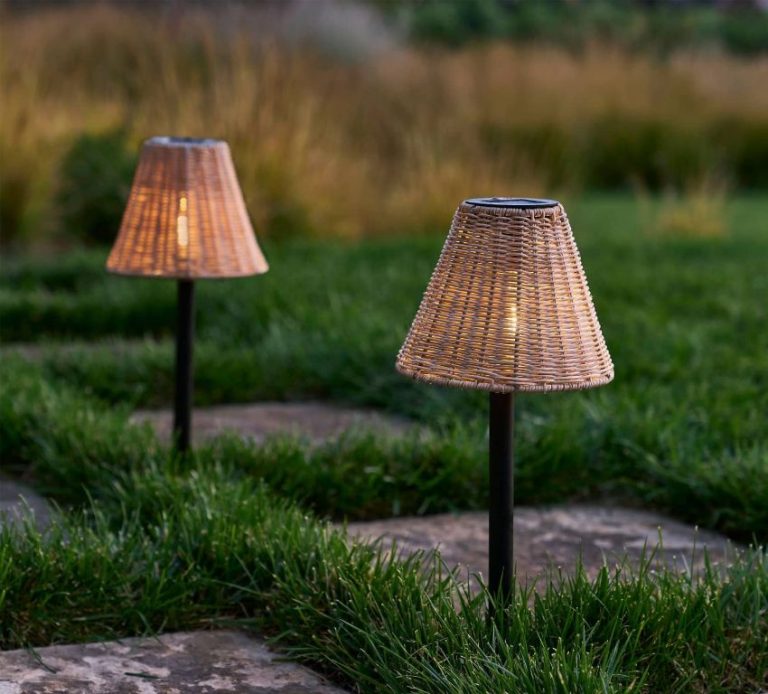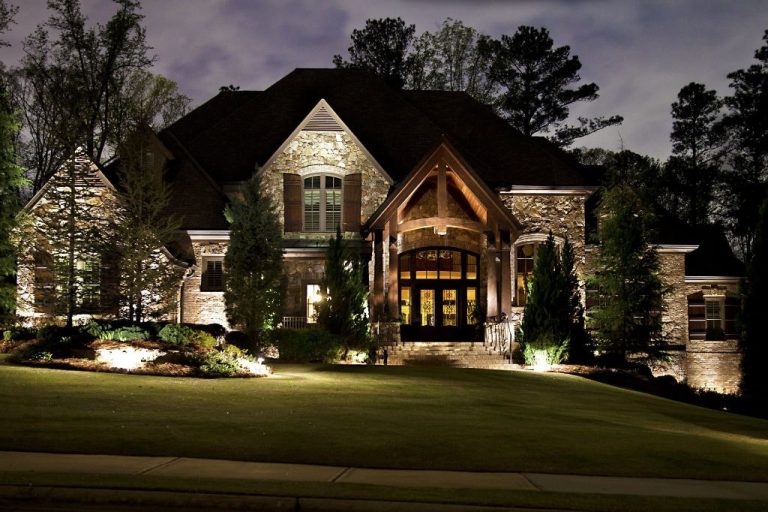Desert Oasis: Landscaping Ideas For A Desert Retreat
Landscaping in a desert climate presents unique challenges and opportunities. The hot, dry conditions mean many traditional garden plants won’t survive without extensive irrigation. However, embracing native desert plants adapted to drought along with creative hardscaping can produce a beautiful and sustainable desert oasis.
Desert gardens require rethinking traditional ideas about lawns, shade trees, and water features. The sparse rainfall and intense sun limit what plants can thrive, putting the focus on drought-tolerant species. Landscape design emphasizes efficient irrigation, strategic plant placement, and embrace of the desert aesthetic. With mindful plant choices and creative design, you can craft a desert retreat with vibrant colors, textures, and details to enjoy year-round.
Choose Drought-Resistant Plants
When landscaping in the desert, it’s crucial to choose plants that can withstand hot, dry conditions. Some excellent options include:
- Succulents – Succulents like agave, aloe, and sedum thrive in arid environments. Their fleshy leaves and stems store water.
- Cacti – Iconic cacti like prickly pear and barrel cactus need little water and add unique shapes and textures.
- Yucca – Yuccas have sword-shaped leaves and tall flowering stalks. Varieties like Spanish dagger can survive desert heat.
- Mesquite trees – Mesquite trees produce delicate, fern-like foliage and pods. These nitrogen-fixing trees tolerate drought and poor soil.
Grouping plants with similar water needs together in “hydrozones” makes irrigation more efficient. Focus drought-resistant plants in the hottest, driest areas. Visit High Country Gardens and Elgin Nursery to shop for recommended desert plants.
Use Native Plants
Using native plants in a desert landscape has many benefits. Native plants are adapted to the local climate and soil conditions, so they require less water, fertilizer, and overall maintenance once established. Native plants also provide food and habitat for local wildlife species that rely on them. Some examples of great native plants for desert landscaping include:
Desert Marigold (Baileya multiradiata) – This low-growing perennial blooms with cheerful yellow flowers. It thrives in full sun and needs little water once established.
Texas Sage (Leucophyllum frutescens) – With silver-green foliage and purple blooms, this large shrub adds color. It’s drought tolerant and attracts hummingbirds.
Prickly Pear Cactus (Opuntia species) – With its iconic paddle-shaped pads, this cactus makes a great low maintenance accent. It produces edible fruit and showy flowers.
Smooth Agave (Agave desmettiana) – Agaves add sculptural shapes with their rosette forms and spiky leaves. This species stays compact at just 2 feet tall and wide.
Littleleaf Sumac (Rhus microphylla) – Tiny leaves give this large shrub a delicate appearance, while the fall color is striking. It’s very low maintenance.
Group Plants by Water Needs
Hydrozoning is a critical technique for desert landscaping. Hydrozoning involves grouping plants together based on similar water requirements into “zones”, also known as hydrozones. This allows you to irrigate each zone based on the actual water needs of the plants within it, avoiding overwatering drought-tolerant plants or underwatering thirsty plants (lawnlove.com).
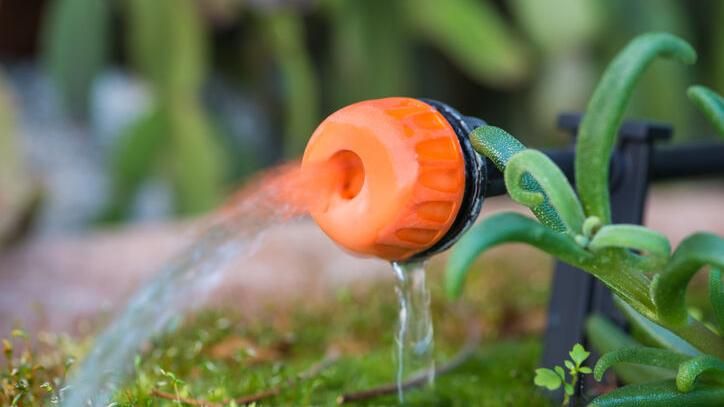
To implement hydrozoning, first identify high, moderate and low water use plants. High water use plants like lawn grass, vegetables and annuals require frequent irrigation. Moderate water use plants like perennials and flowering shrubs need less frequent watering. Low water use plants like succulents, cacti and native desert plants need very little irrigation. Group each hydrozone type together for efficient irrigation.
Strategically place the high water zones closest to the house for easy access. Situate moderate zones further away and xeric zones at the outskirts. Gradually decreasing irrigation requirements as you move outward is an effective hydrozoning strategy for desert landscaping (forestry.nv.gov).
Focus on Hardscaping
In desert climates, focusing on hardscaping elements like gravel, stone, and pavers can greatly reduce water needs for your landscape (source: https://www.houzz.com/photos/desert-landscaping-ideas-phbr1-bp~t_728~a_34-20598). Hardscapes like flagstone pathways, patios, and low garden walls require little to no irrigation once installed. Opt for permeable materials like gravel or crushed stone to allow rainfall to percolate into the soil. Use locally sourced stone, gravel, or pavers to complement the natural desert environment.
Hardscaping provides structure and visual interest to spaces without the need for high-maintenance plants. For example, a simple gravel patio surrounded by native plants and boulders creates an inviting desert oasis. Or line a flagstone path with gravel, cacti, and ornamental grasses for a low-maintenance stroll. Hardscapes effectively delineate spaces, provide textural contrast, and anchor the overall landscape design.
Efficient Irrigation
When it comes to irrigating desert landscapes, it’s crucial to use water-efficient methods. A drip irrigation system is ideal for desert plants, as the drip lines minimize water loss from evaporation and runoff (Landscaping Network). Drip irrigation delivers water directly to plant roots via emitters, allowing you to precisely control the amount each plant receives.
Smart irrigation controllers can help maximize water efficiency by automatically adjusting watering schedules based on weather and plant needs. Look for a smart controller that allows you to input details about your landscape, including plant types, soil types, slope, and sun exposure. The controller can then use real-time weather data and plant water requirements to determine the ideal watering schedule (Tucson.com).
When programming your irrigation schedule manually, water in the early morning or evening to reduce evaporation. Water less frequently but deeply to encourage deep root growth. Cut back watering in the cooler winter months when plant water needs decrease.
Mulch and Topdress
Adding a layer of mulch or topdressing is an important part of desert landscaping. Mulch provides many benefits:
- Helps retain soil moisture so plants need less frequent watering (Source)
- Regulates soil temperature and protects roots from extreme heat
- Prevents weeds from sprouting and competing with other plants
- Improves the soil as it decomposes by adding organic matter
Good mulching materials for desert gardens include shredded bark, pine needles, gravel, decomposed granite, and wood chips. Avoid using mulches like cocoa hulls that float away when irrigated. Apply 2-4 inches of mulch around plants, leaving a gap near the trunks and stems.
Create Shade
Arizona’s hot desert climate can make spending time outdoors uncomfortable during the summer. Adding shade elements to your landscape design can help mitigate the sun’s harsh rays and allow you to enjoy your outdoor living spaces more often (https://thinkgreenaz.com/maximizing-shade-in-your-arizona-desert-landscape-design/). When incorporating shade into your desert oasis, consider adding shade structures like pergolas, ramadas, and covered patios. Strategically placed shade sails can also block direct sunlight. Choose shade trees like mesquite, palo verde, acacia, andMexican elder that can provide canopy coverage.
Carefully consider where to position shade elements based on sun patterns. East and west facing areas often need the most shade protection from low morning and evening sun angles. Shade structures to the south can help block hot midday sun exposure. Also maximize existing shade from buildings, walls, and mature trees. Layering multiple shade solutions like trees and shade sails will enhance the cooling effects (https://www.summerwindsnursery.com/az/inspire/blog/get-more-shade-in-the-landscape/). With strategic placement of shade elements, you can transform any exposed space into a comfortable desert oasis.
Limit Grass Areas
Lawns can require significant amounts of water in arid desert climates. According to the Desert Sun, new homes in some areas now have limits on the amount of irrigated grass allowed in landscaping due to drought concerns.
Grass lawns often require frequent watering, mowing, aerating, fertilizing, and other maintenance in the desert. This makes grass an impractical choice. Alternatives like drought-tolerant plants, mulch, gravel, pavers, and artificial turf use less water. Artificial turf provides the look of grass without constant watering and care.
Limiting grass areas conserves precious water resources. It also reduces maintenance time and costs. Embracing desert-appropriate plants and hardscaping materials creates an oasis that gracefully adapts to the native environment.
Embrace the Desert Aesthetic
Embracing the natural desert landscape is key to creating an authentic desert oasis. Use native cacti, succulents, gravel, and stone to evoke the rugged beauty of the desert. According to this Pinterest board, rustic materials like weathered wood and rusted metal can add to the desert vibe. Allow plants to grow wild instead of manicured for a natural look. Groupings of indigenous plants and rocks create an organic style. Limit greens and flowers to let the muted desert tones shine.
Highlights from the board show gravel pathways wandering through succulent gardens and seating areas with stone benches. Wood and metal elements bring in texture while connecting the space to the surrounding desert. Keep decor minimal for a peaceful oasis to contemplate the raw splendor of the desert.


